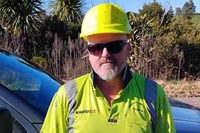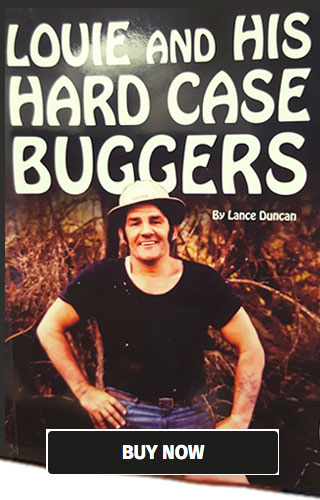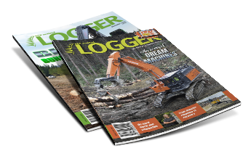
Kajavala Forestry (KFL) has come a long way in the industry in the last 50 years. Back in 1970, Tapio Kajavala was a tree planter in Murupara who shot deer on the weekends to sell. His wife was a night shift nurse and together they saved up the deposit for a new Clark 664 log skidder. From there they progressed to full-sized log skidders, haulers and dozers with arches, and were the first crew to harvest in Tarawera Forest.
Many will have followed son, Jacob Kajavala’s story as he changed the business model to the superskid system which took KFL from 20 employees to 170 in the space of three years. It was the first logging company in New Zealand to have an IT department to handle all the data from its operations. Those working in Kaingaroa and Tarawera Forests will see those stem trucks heading north on the daily bound for the KFL yard.
This is definitely a story of change. Twentyish years ago when I last visited KFL’s superskid in Kawerau, all these clean, branch-free stems were measured and marked by logmakers and cut up by skiddies with Stihl chainsaws. This was proven to be a viable alternative to processors in the bush. So to do an Iron Test on a processor here is a head scratcher. When did this place move away from manual processing?
Mechanic team leader, Ricky, who has been here forever, says the last skiddie finished up around two or three years ago as the move away from people on the ground really took hold: “We were one of the last two crews who had manual processing. There was one stem crew which still had a bush crew cutting up on the ground as well. We never had any accidents but it’s just the way things have gone.
“That year where there were more than 10 deaths in the forests really turned the corner for us as an industry really. We had already begun heading that way. The log quality is not as good when done by a machine in my opinion. A log maker and skiddie, they are right there on the log, they can see more knots and faults and they can measure and see if a piece needs to be left out of the production process for example, but machines don’t get rained off and generally don’t have sick days.”
Four percent of NZ’s log production
“We are fairly lucky here that most of our production goes over the road to the sawmills there or over to Red Stag for the prune, with a small amount onto the train to the Port of Tauranga for export,” says Ricky.
It turns out our Iron Tester, Denis Todd, used to work in the other superskid when it first started off right below the mountain about a kilometre away. This KFL site is a bit better placed out in the open valley where there is a bit of a breeze to stop...
















